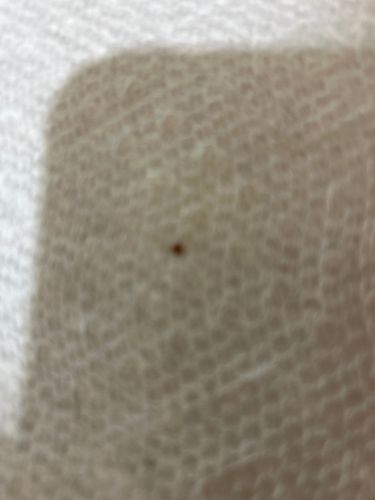Lone Star Tick
Scientific Name: Amblyomma americanum
Order & Family: Ixodida (Order), Ixodidae (Family)
Size: Unfed adult females are typically 4-6 mm, adult males are slightly smaller at 3-4 mm. Nymphs are about 1.5-2.5 mm, and larvae are less than 1 mm. They can swell significantly after feeding.

Natural Habitat
Common in woodlands, forests, and grassy areas, particularly in the southeastern and eastern United States. They prefer areas with dense undergrowth and leaf litter.
Diet & Feeding
Blood from various hosts, including humans, deer, livestock, and birds. Larvae, nymphs, and adults all feed on blood meals.
Behavior Patterns
Lone star ticks are known for their aggressive biting behavior. They are three-host ticks, meaning they feed on a different host at each of their three active life stages (larva, nymph, and adult). They actively seek out hosts by questing, climbing onto vegetation and waiting for a host to pass by. They can be found in large numbers and are often encountered in wooded areas. Unlike some other ticks, they do not require high humidity and can be found in drier conditions.
Risks & Benefits
Potential risks include transmitting human monocytotropic ehrlichiosis (HME), ehrlichiosis ewingii, tularemia, and a Southern Tick-Associated Rash Illness (STARI) sometimes referred to as 'Masters disease.' They are also associated with Alpha-gal syndrome, a meat allergy. Benefits are limited from a human perspective due to their disease-carrying potential, but they are a part of the natural food chain for some animals.
Identified on: 8/17/2025